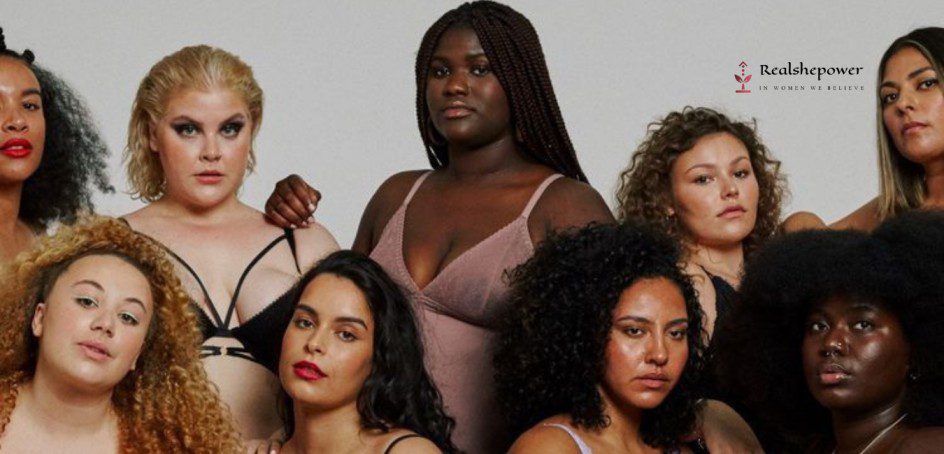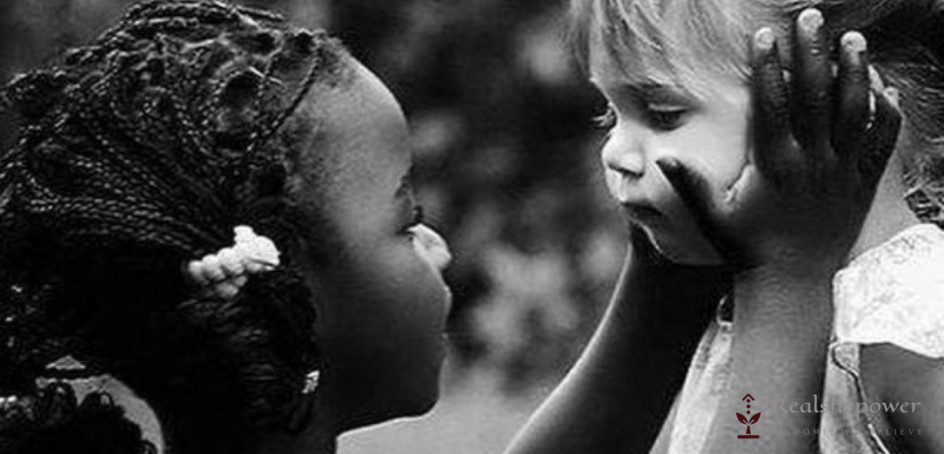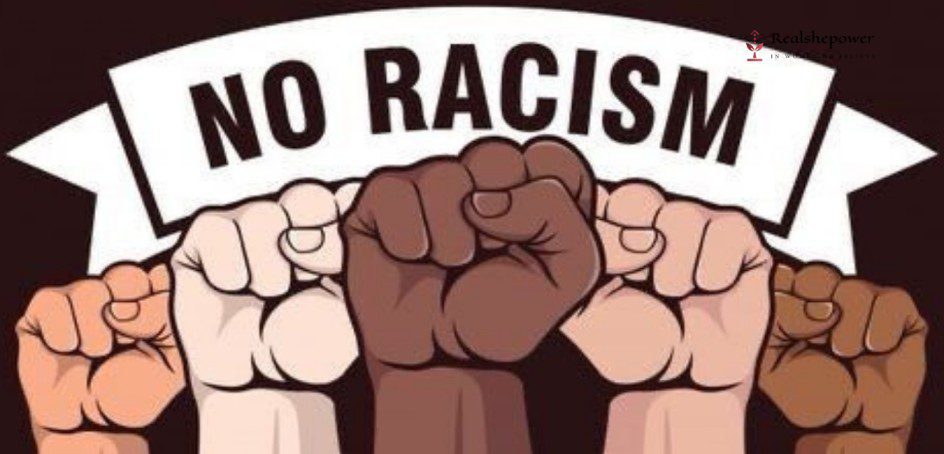The Psychology of Racism


We all know that racism is a problem in today’s society. But when we look at the root cause, people have been asking themselves whether this is something which is inbuilt from our very nature. In this article, we will take a closer look at what has been happening in the world and also examine two psychological angles, one of which believes that it is simply an innate trait while the other suggests that racism can be taught.
What is racism?
Racism is the belief that people of one race are superior to those of another race. Racism and discrimination can take on many forms, such as verbal or physical abuse, not hiring an individual because of their race, or segregating a group based on race. Racism is a major issue in the world today.
How does the brain work in regards to racial bias?
The brain is actually wired to be biased. When individuals feel threatened, their brains automatically go into a state of hypervigilance. Different parts of the brain respond in different ways. One part that becomes active is the amygdala, which is responsible for producing emotions like fear and aggression. The person experiencing this kind of threat will then experience something called “tunnel vision” where they’re only focused on their own needs and feelings.
The brain’s natural processing is to oversimplify things, like when we see an object in the dark, and the brain has to “fill in” what it sees. So if you are looking at a white person standing next to a black person who is standing behind them, your brain may fill in what you think you are seeing- two white people- even though that is not true.
The psychology of racism can be so complicated because every person is different, with different life experiences and knowledge. This means that each individual will have different associations with race. Unfortunately, It is impossible to ignore the effects of racism. The most important thing to know about how the brain works and reacts to racism is that it is a result of the environment and not genetics or intelligence. Racial bias has been proven to emerge from hearing racist comments and language before an individual understands what prejudice is.

What are some common misconceptions about people who are racist?
The first misconception is that a racist person is someone who has an individual prejudice against another race. However, this isn’t true. A racist person looks down on those from other races as being inferior to those from their own. Racism is used as a form of social control and power over people of different cultures or skin colours.
Why do we become racist, and how can we unlearn it?
Racism is a form of prejudice that holds that one’s own race is superior and others are inferior. This most often manifests as prejudices and discrimination against those with different skin colors or ethnicities, but racism can also be directed against those with different religious beliefs. The idea of race is a social construction and has no biological meaning.
Racism is socially constructed.
We learn to be racist through the stereotypes we see in movies, media, and other peoples’ beliefs. Racism can’t just go away with one lesson because it’s so deeply ingrained in our society. The only way to stop racism is by educating everyone about it and showing that people of all races are equal.
Alternatively put we become racist when we are exposed to negative stereotypes, inaccurate beliefs about race, and when we have limited contact with people from different racial, ethnic, or cultural backgrounds.
Racism is a learned behaviour that can be unlearned through education and empathy.
How can we prevent racism?
Racism has been around for centuries and is still present in today’s society. Racists can be anyone. If we want to stop racism, we have to think globally and change the way people live their lives. We need to question society and our thoughts, such as how it is okay for someone to point out your race but not theirs.
Anti-racism is a complex social issue with many challenges. One way to attempt to prevent racism is by educating children about it at an early age. Parents can teach their children about the meaning of racism and what not having privilege means. Another way that people are trying to combat this problem is through anti-racist organizations that are actively speaking out against white supremacy.
We all have racist thoughts and we can’t control them. We need to remember we are taught these thoughts and it is not our fault. It is important to notice when we’re having racist thoughts and replace them with more positive ones.
One way to help prevent racism from happening is to have people from different ethnicities be in touch with one another. It’s important that we have a diverse society so that racism doesn’t happen. Another way to stop racism is to educate yourself about what you don’t know. That can be difficult, but it’s an important step that we have to take as a society. We also need to strive for empathy and understanding. The best thing we can do is work together as a society with the goal of eliminating racism as a whole.

Before we end, we ask how aware are you of your racist thoughts? The subliminal biases that we all carry? Do you really think you’re devoid of those biases?
Give some time to yourself and these questions. After all, change happens through acknowledgement and acceptance first.
Written by Prakriti S

We all are racist
The psychology of racism is the DNA of racism in all of us. A sad sad world